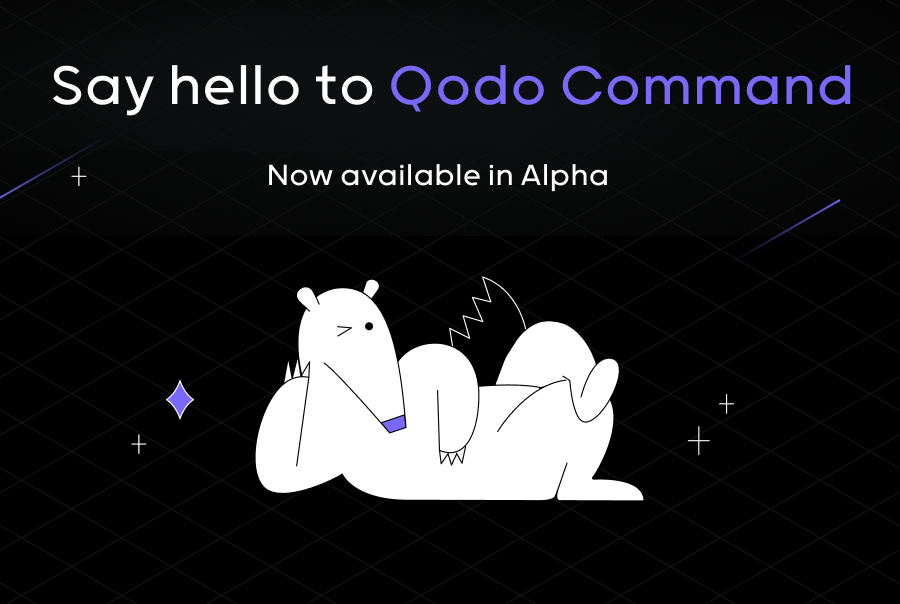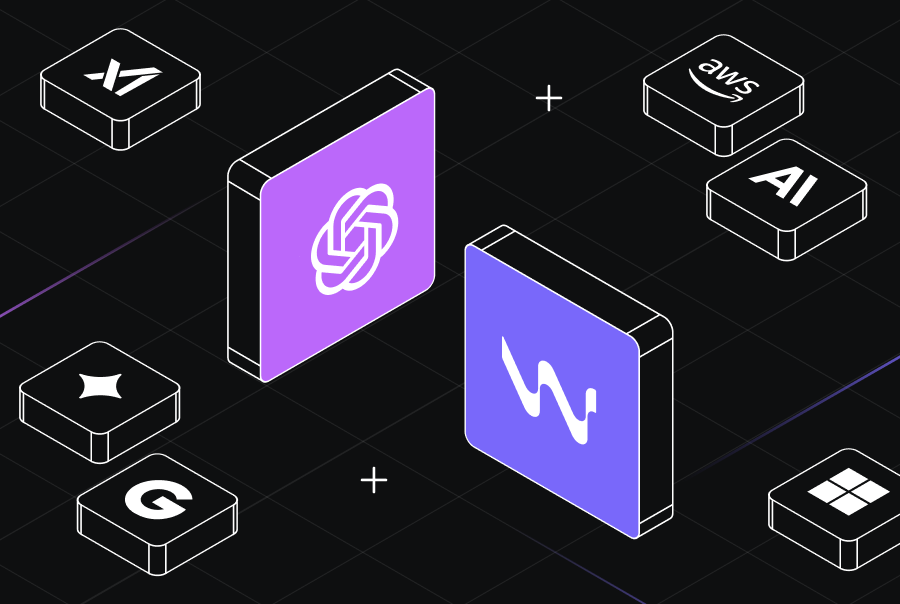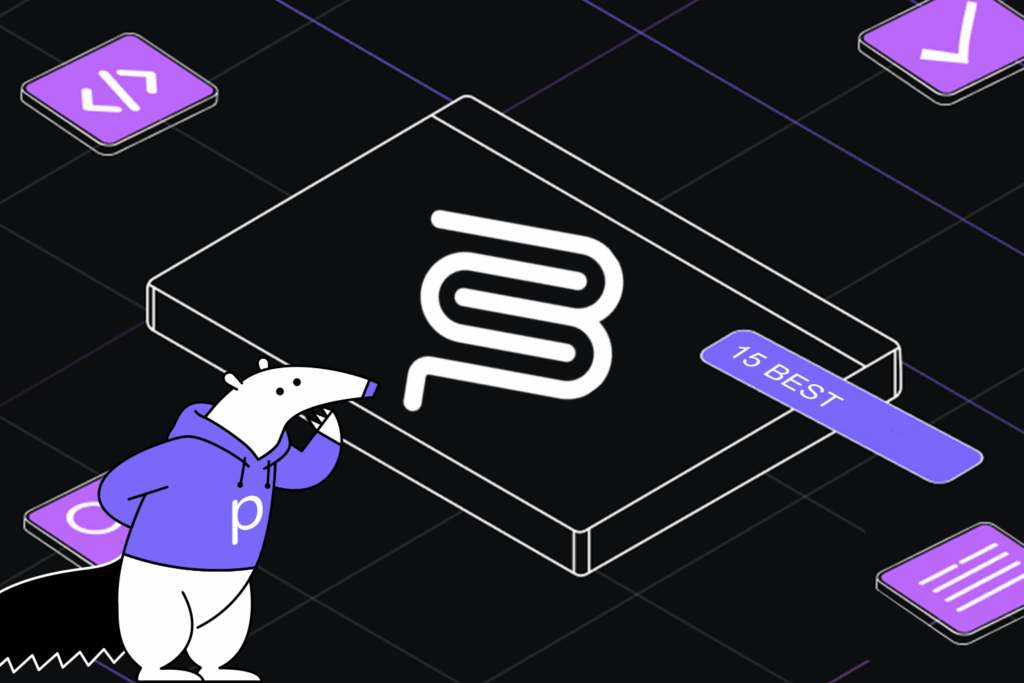Top Trends in AI-Powered Software Development for 2025
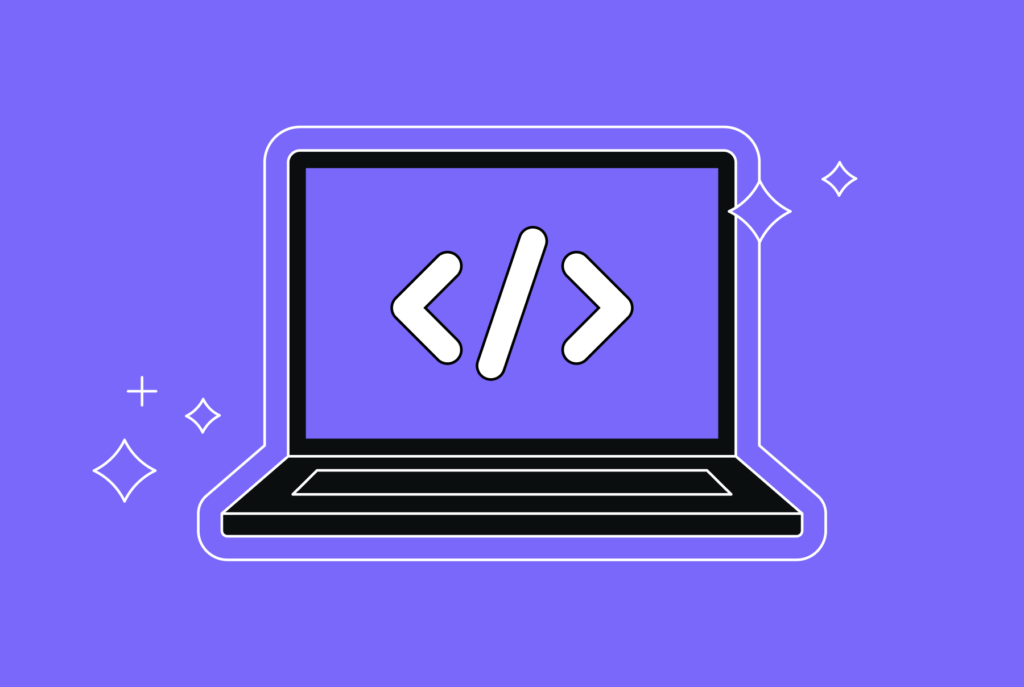

As developers, we know that large language models (LLMs) are becoming increasingly powerful. However, it’s essential to remember how this revolution began. While AI technology has existed for some time, generative AI gained mainstream attention when OpenAI launched its first-ever chatbot, ChatGPT, in 2022. Since then, the LLM landscape has seen relentless advancements, sparking a race among major companies to develop increasingly sophisticated and accurate models.

When discussing AI trends, the prominent names that come to mind are OpenAI’s ChatGPT, Anthropic’s Claude, Google’s Gemini, and Meta’s Llama. Now, in 2025, we are already envisioning the future of AI. In this blog post, we won’t limit ourselves to these four giants. Instead, we’ll take a closer look at emerging trends and tools in AI-powered software development and explore how they are transforming the software development lifecycle as a whole.
The Rise of Agentic AI in Development
“AI agents will transform the way we interact with technology, making it more natural and intuitive. They will enable us to have more meaningful and productive interactions with computers.”
– Fei-Fei Li, Professor of Computer Science at Stanford University.
One of the most significant coding trends in 2025 will be the emergence of agentic AI systems. Unlike traditional AI models that simply respond to prompts, agentic AI demonstrates autonomous capabilities across various domains:
- Intelligent coding assistants: Advanced systems that not only complete code but understand project context, suggest architectural improvements, and maintain consistency with existing codebases.
- Customer service integration: AI agents that handle user feedback, bug reports, and feature requests, automatically creating development tickets and suggesting priority levels.
- Healthcare applications: Systems capable of analyzing patient data and generating health monitoring applications with minimal human intervention.
- Test suite scaling: Autonomous agents that continuously expand and refine test coverage based on new code additions and user behavior patterns.
- Information retrieval and management: Advanced RAG (retrieval-augmented generation) systems that can search through documentation, codebase history, and external resources to provide contextual development assistance.
- Iterative problem solving: AI systems break down complex development challenges into manageable steps, testing multiple approaches and learning from each iteration.

Physical AI: Bridging Digital and Physical Development
The convergence of AI and physical systems is creating new paradigms in software development, such as:
- Autonomous vehicle development: Advanced frameworks for developing and testing self-driving car software with real-time adaptation capabilities.
- Robotics integration: Sophisticated development tools for programming robotic systems with enhanced spatial awareness and adaptive learning capabilities.
AI-Powered Code Generation and Development
The evolution of code future software development has transformed how developers write code. Modern AI systems understand not just syntax but the broader context of your entire project. These systems analyze your codebase, coding patterns, and project architecture to provide suggestions that match your development style.
What sets 2025’s code generation apart is its ability to understand high-level requirements and translate them into production-ready code. Developers can describe functionality in natural language, and AI systems generate complete features with proper error handling and system integration.
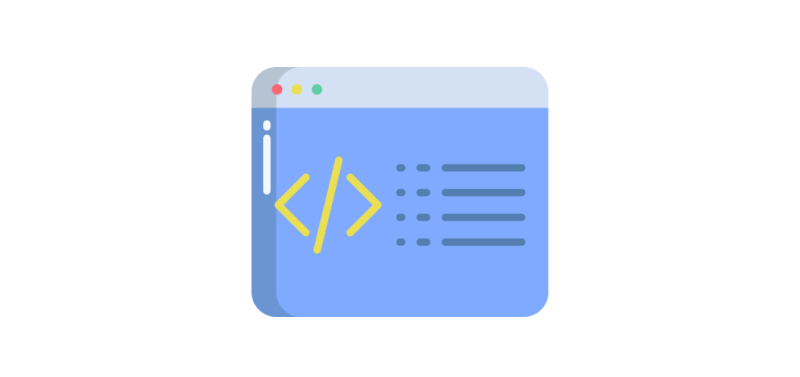
Leading Tools in Code Generation
GitHub Copilot
GitHub Copilot is GitHub’s AI-powered pair programmer. It offers features like advanced code completion across multiple IDEs, including VS Code, Visual Studio, and JetBrains. It includes an interactive chat interface for coding queries and problem-solving, terminal assistance for command-line operations, and AI-powered pull request summaries that highlight key changes.
Cursor
Cursor enhances development with predictive multi-line code completion that learns from your coding patterns. It also offers context-aware chat functionality to understand your entire codebase and an agent mode for end-to-end task completion while keeping developers in control.
Qodo
Qodo focuses on improving code quality through comprehensive test generation capabilities, built-in code review and improvement suggestions, and automated pull request documentation and analysis. It offers quality-first AI code generation to help busy developers write, test, and review code efficiently. Inside the IDE, Qodo generates quality code and meaningful tests, covering a wide range of happy paths and edge cases to improve code coverage.
Advanced Code Review and Quality Assurance
Code review has evolved from simple syntax checking to a comprehensive analysis of security, performance, and architectural impact. Modern AI review systems excel at identifying security vulnerabilities, suggesting performance optimizations, and detecting architectural inconsistencies that could lead to maintenance issues.
The most significant advancement is the ability to understand the implications of technical debt. AI reviewers can predict how current code changes might impact future maintenance and scalability and offer alternative approaches when they detect potential issues.
Next-Generation Testing Frameworks
Testing frameworks now understand application behavior and automatically generate comprehensive test suites. They analyze code changes and automatically update test cases, ensuring continuous coverage as applications evolve.
Modern frameworks analyze your application’s purpose to create relevant test scenarios, adapt performance testing based on real user behavior, and automatically maintain tests when code changes. This intelligent approach ensures testing remains relevant and effective throughout development.
Best Practices for Tool Integration
- Successfully integrating AI development tools requires balancing automation with human oversight.
- Select tools that complement each other, like using GitHub Copilot for code generation while leveraging Qodo’s testing capabilities.
- Establish clear guidelines for when to rely on AI tools versus human review, especially for critical business logic and security-sensitive features.
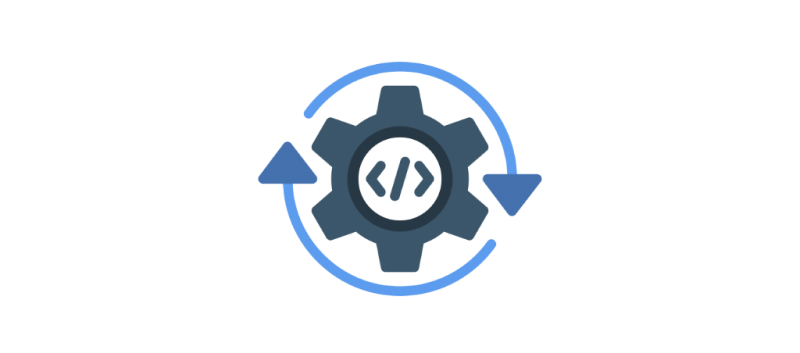
- Maintain a feedback system where developers regularly validate AI-generated code and suggestions, helping both the team and AI systems better understand project-specific requirements.
Challenges and Considerations
Let’s explore the key challenges that must be addressed as AI-powered software development continues to advance and offer immense potential:
| Challenge | Description |
| Data Privacy and Security | Safeguarding sensitive information in AI-assisted development workflows remains a critical concern. |
| Code Quality Assurance | Striking a balance between automation and the need for high-quality, maintainable code requires careful oversight. |
| Automation vs. Developer Expertise | Ensuring that automation complements, rather than replaces, the skills and creativity of developers is vital. |
| Ethical AI Implementation | Integrating AI responsibly involves adhering to ethical standards, avoiding bias, and ensuring transparency in development practices. |
Future Implications and Best Practices
The future of coding is being reshaped by artificial intelligence, requiring developers to evolve their approach accordingly. Success in this new landscape hinges on understanding how to effectively combine AI tools with human expertise. Developers should focus on learning AI’s capabilities to handle routine tasks while maintaining oversight of complex decisions. Teams that adapt to this hybrid approach, stay current with AI advancements, and preserve human judgment in critical areas will see the greatest benefits. The key is viewing AI not as a replacement, but as a tool that enables developers to focus on higher-level problem-solving and innovation.
Conclusion
The AI coding landscape is evolving rapidly, with agentic and physical AI leading the charge into new territories. As we progress through 2025, the integration of these technologies into our development workflows will become increasingly seamless. The key to success lies not in replacing human developers, but in creating synergistic relationships between human creativity and AI capabilities.
“The development of full artificial intelligence could spell the end of the human race. It would take off on its own and re-design itself at an ever-increasing rate. Humans, who are limited by slow biological evolution, couldn’t compete and would be superseded.”
– Stephen Hawking (on the BBC).
Remember, staying ahead in this rapidly evolving field requires continuous learning and adaptation. The tools and trends discussed here are just the beginning of what promises to be an exciting era in software development!
